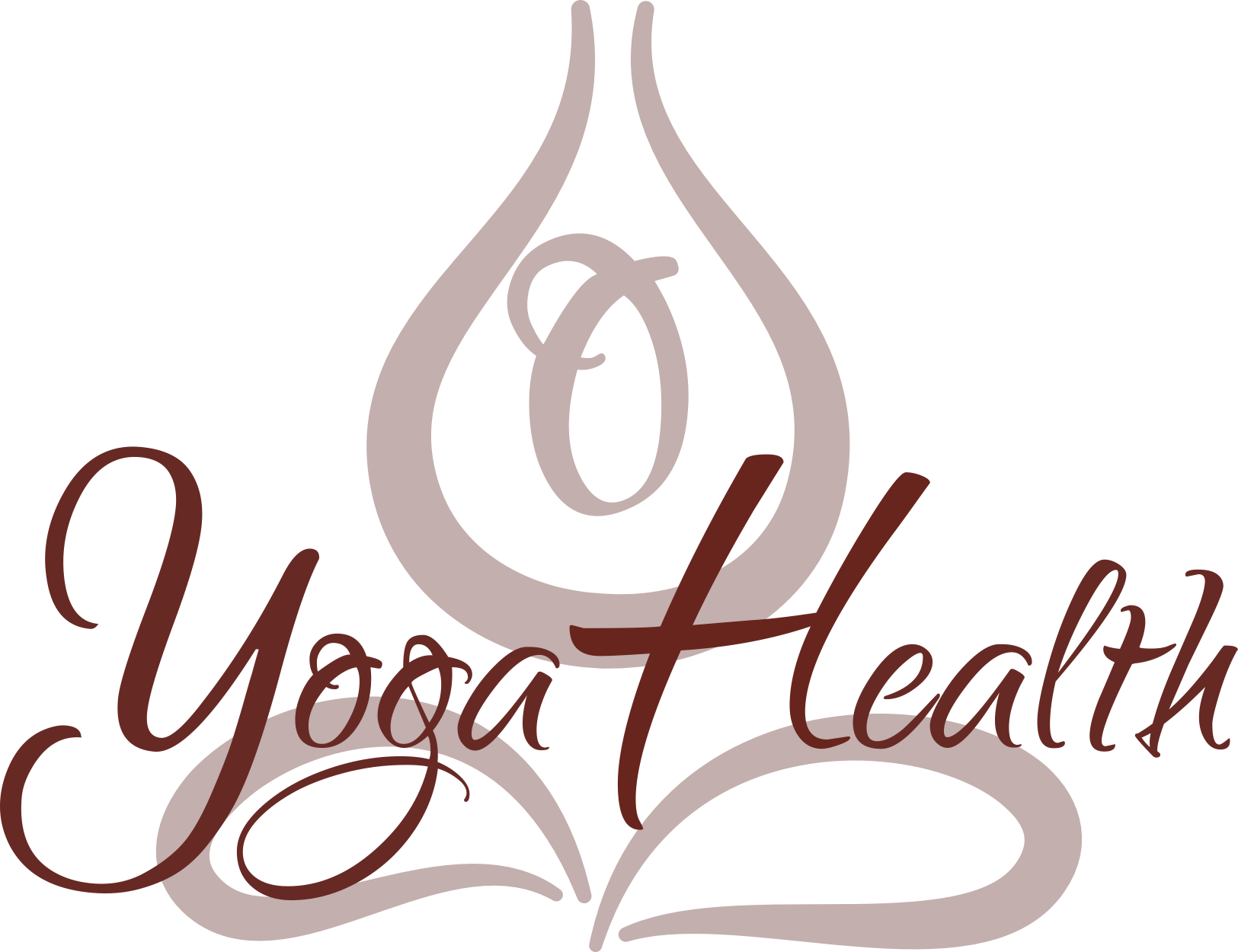Benefits of Yoga
YogaHealth Menu
Benefits of Asanas
Sitting Asana
All sitting asanas provide flexibility to the hips, knees, ankles and the muscles of the groin. These poses are naturally more relaxing as you are closer to the earth, providing a restful feeling and breathing smoother and easier. Sitting asana keep the spine steady, provide stability of the body and pacify the mind. Reflective and meditative awareness often comes more easily in the seated postures.
Standing Asana
Standing asanas strengthen the leg muscles and joints and increase the suppleness and strength of the spine and body. The arteries of the legs are stretched, increasing the blood supply to the lower limbs, preventing varicose veins and thrombosis in the calf muscles. These asanas also tone the cardio-vascular systems, as the heart rate will naturally increase due to the exertion required to maintain standing poses. The lateral wall of the heart is fully stretched, increasing the supply of blood to the heart.
Forward bends
Forward bends squeeze and massage the abdominal organs, improving digestion, relieving constipation and counteracting weight gain. This has a unique effect on the nervous system; as these organs relax, the frontal brain is cooled and the flow of blood to the entire brain is regulated. The sympathetic nervous system is rested, bringing down the pulse rate and blood pressure. Stress is removed from the organ’s perception and the senses relax. The adrenal glands are also soothed and function more efficiently. Since the body is in a horizontal position in most forward bends, the heart is relieved of the strain of pumping blood against gravity and the blood circulates through all parts of the body easily. Forward bends also increase elasticity in the lumbar spine (improving any sciatic problems), inter-vertabral joints and ligaments. The hamstrings are stretched as is the entire back body.
Twists
Twists improve the suppleness of the middle body and relieve spinal, hip and groin disorders. The spine also becomes supple and this improves the flow of blood to the spinal nerves and increases energy levels. They also squeeze the intestines, helping to detoxify the body. This will also increase the blood supply to the intestines.
Inversions
Some people fear that if they practice inverted poses, their blood pressure will rise or their blood vessels will burst. This is a false perception. Just as the body has adjusted to an upright position, it can also learn to perform inversions without any risk or harm. Vital organs like the brain, heart and lungs are flushed with oxygenated blood.
Back bends
All back bends stimulate the central nervous system, assisting in the ability to bear stress. They help to relieve and prevent headaches and hypertension, and energise the body. They are invaluable to people suffering depression (depression and fear are released as the chakra system opens in all back bends).
Reclining asanas
Reclining asanas are restful poses which soothe the body and refresh the mind. While reclining asanas are often sequenced at the end on a yoga session, they are also preparatory asanas, as they help relax the body and centre the mind. They give the body the required energy and focus the mind for strenuous asanas. Savasana for instance, helps to recover the breath and cool the body and the mind. Reclined asanas prepare you for pranayama. It is especially important to practise savansana or another reclining asana at the end of a yoga practice/class, to lower blood pressure and stabilise the body. With so much increased energy in the body from asana practice, one may be left feeling ‘jittery’ if a rest pose is not performed at the completion of practice.
Remember that the happiest people are not those getting more, but those giving more …
~ H. Jackson Brown ~
Namaste
~ The divine in me respects the divine within you ~
